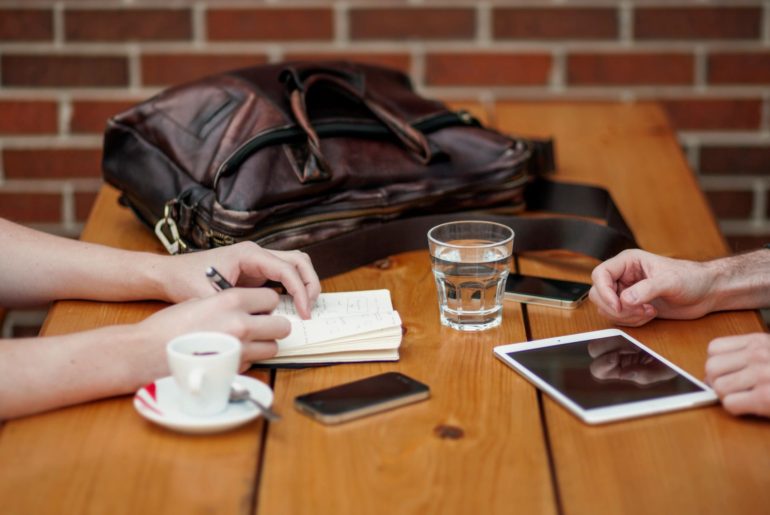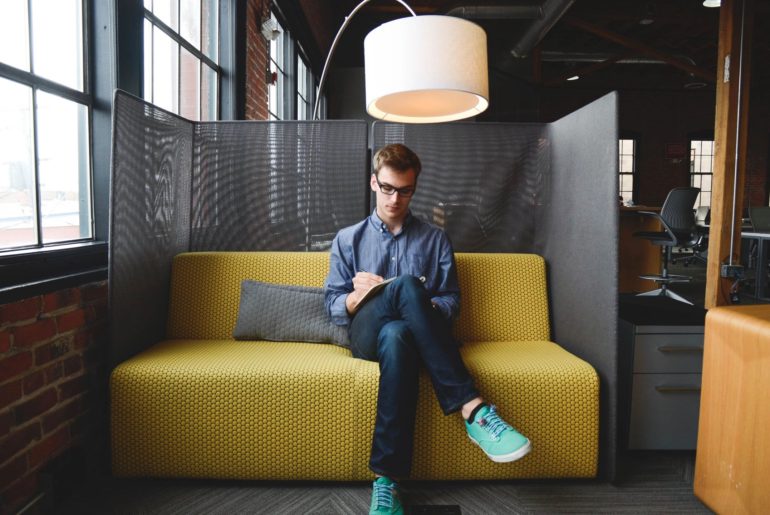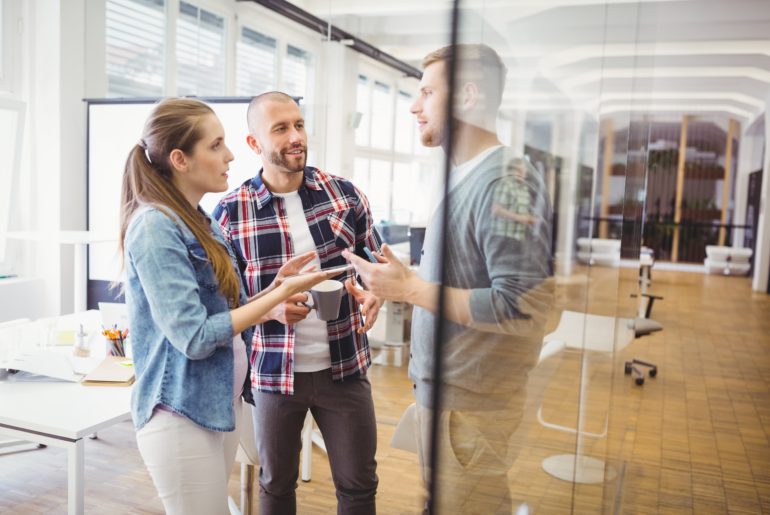In late 2015 we ran a pilot study to test and refine the BeUpstanding toolkit that you see today. Along the way, we heard some really inspiring stories from people who created their own strategies to BeUpstanding™ in their workplace — some that were simple, some that were quirky, some that were straight up genius! Here are 3 strategies for a little inspiration. The 3 o’clock Mexican Wave One workplace we partnered with adopted a 3 PM office-wide Mexican wave to get their staff on their feet. It’s something everyone takes part in, and never fails to crack some smiles! The stairs of gratitude Our friends at a busy studio in Melbourne reside on the sixth floor of their office building. They instated a challenge to walk the stairs once a day, and on each floor people gave thanks for something they were grateful for in their life. The shake it off One workplace that dealt with a lot of customer complaints encouraged an office-wide policy to stand up and shake it off after every phone call. Staff reported a lift in their feelings of resilience and overall stress.
Consider your activity across the whole day
It is well recognised that doing regular exercise has several benefits for your physical and mental health. We should all be aiming to meet physical activity guidelines of at least 30 minutes of moderate-intensity activity each day. However, for most adults, exercise constitutes only a small proportion of the day – it is also important to think about the rest of the day. If you spend most of the rest of the time sitting, you may be increasing your risk for poor health. Time to stand up?
Feeling foggy? It might be time to get up…
The following article was published in The Conversation on July 27th, 2017. Could too much sitting be bad for our brains? Sitting affects our glucose levels, which affects our brain. Unsplash/Andrew Branch, CC BY-SA Michael Wheeler, University of Western Australia; Daniel Green, University of Western Australia; David Dunstan, Baker Heart and Diabetes Institute, and Paul Gardiner, The University of Queensland In many aspects of life where we need to use our brain power, we also tend to sit down: at school, at work, sitting exams or concentrating on a crossword. In a new paper, we explore how prolonged sitting may affect the brain’s fuel supply and have a negative impact on brain health. The brain is a glucose hungry organ. It weighs about 2% of body mass but demands about 20% of our resting energy requirements, which is mostly in the form of glucose, the primary brain fuel. If this energy supply is disrupted it can impair and even damage brain cells. Therefore, the availability of glucose to brain cells may have implications for brain health. Exposure of the brain to both high glucose levels and low glucose levels can increase the risk of developing dementia. Also, switching between a…
Top tips from Champions for Champions
We asked Workplace Champions for their top tips to running BeUpstanding™ and here’s what they said… Don’t do it alone! Make sure you have a support network of other keen staff members who can step in to help you, especially during busy periods or when you are away. Be creative and try to have fun. Staff respond well to innovative and fun ideas. The more fun you have running the program, the more likely staff will follow your lead. Don’t be disheartened by nay-sayers. There’s usually at least one or two general and/ or management level staff who are skeptical or unwilling to make changes. Try not to let their voices be the loudest in the crowd. Print out the program overview to help you stay on track and tick off the steps as you go so that you remember where you are up to. Regular reminders in your calendar prompting you to go back into the Toolkit can help make sure you don’t lose momentum. Think about regular ‘re-launches’ and ways to keep people motivated (like themed morning teas, quizzes, competitions and challenges). Perseverance is the key…and you’ll slowly start seeing that standing up, sitting less and moving more…
Safe Work Australia Report – evidence on an emergent health risk
In 2016, Safe Work Australia released their sedentary work report. This comprehensive literature review, led by Professor Leon Straker, was conducted in recognition that too much sitting is a potential workplace health and safety issue. This excellent free resource is well worth the read.






